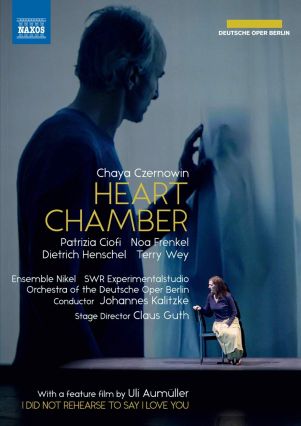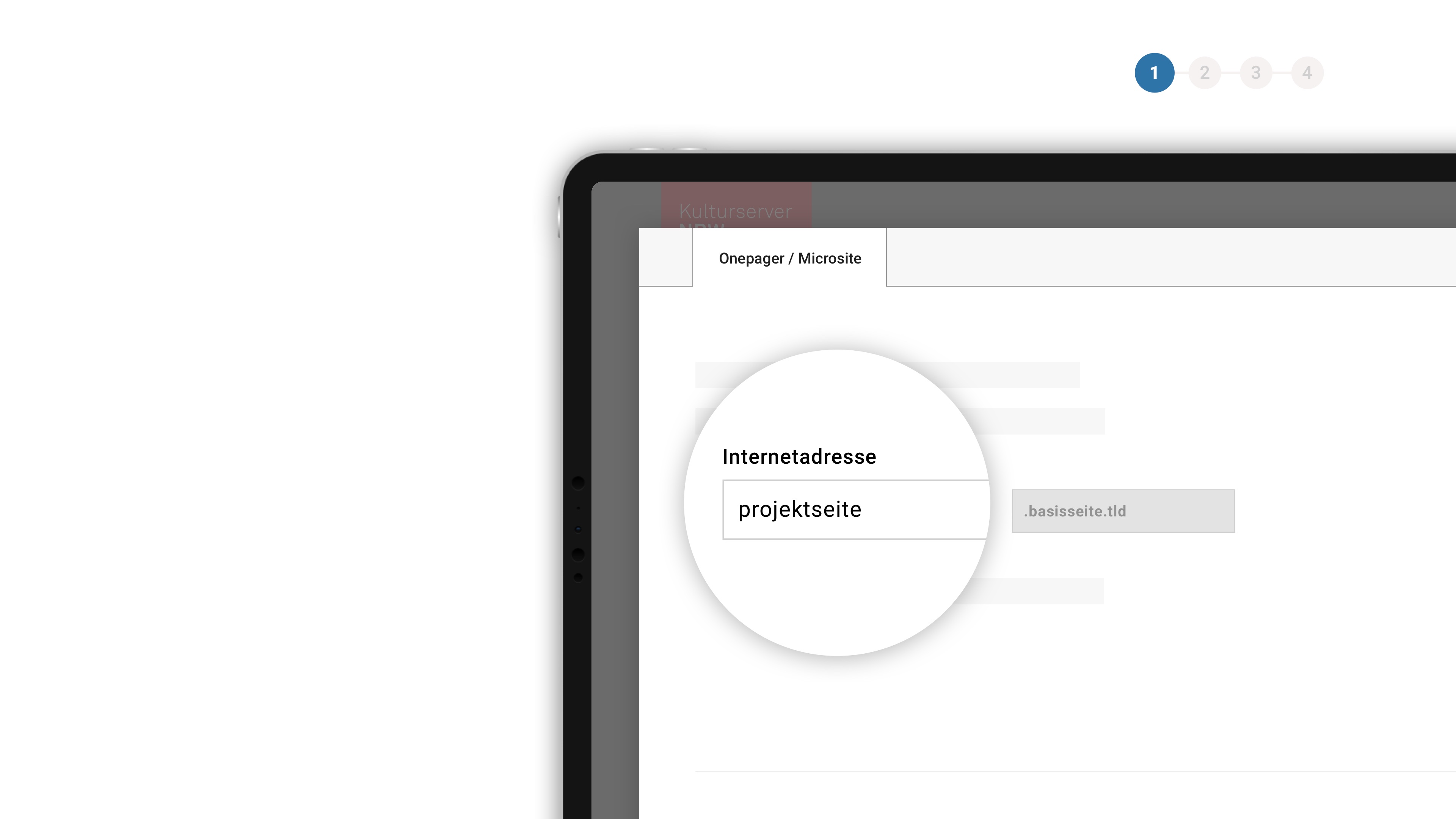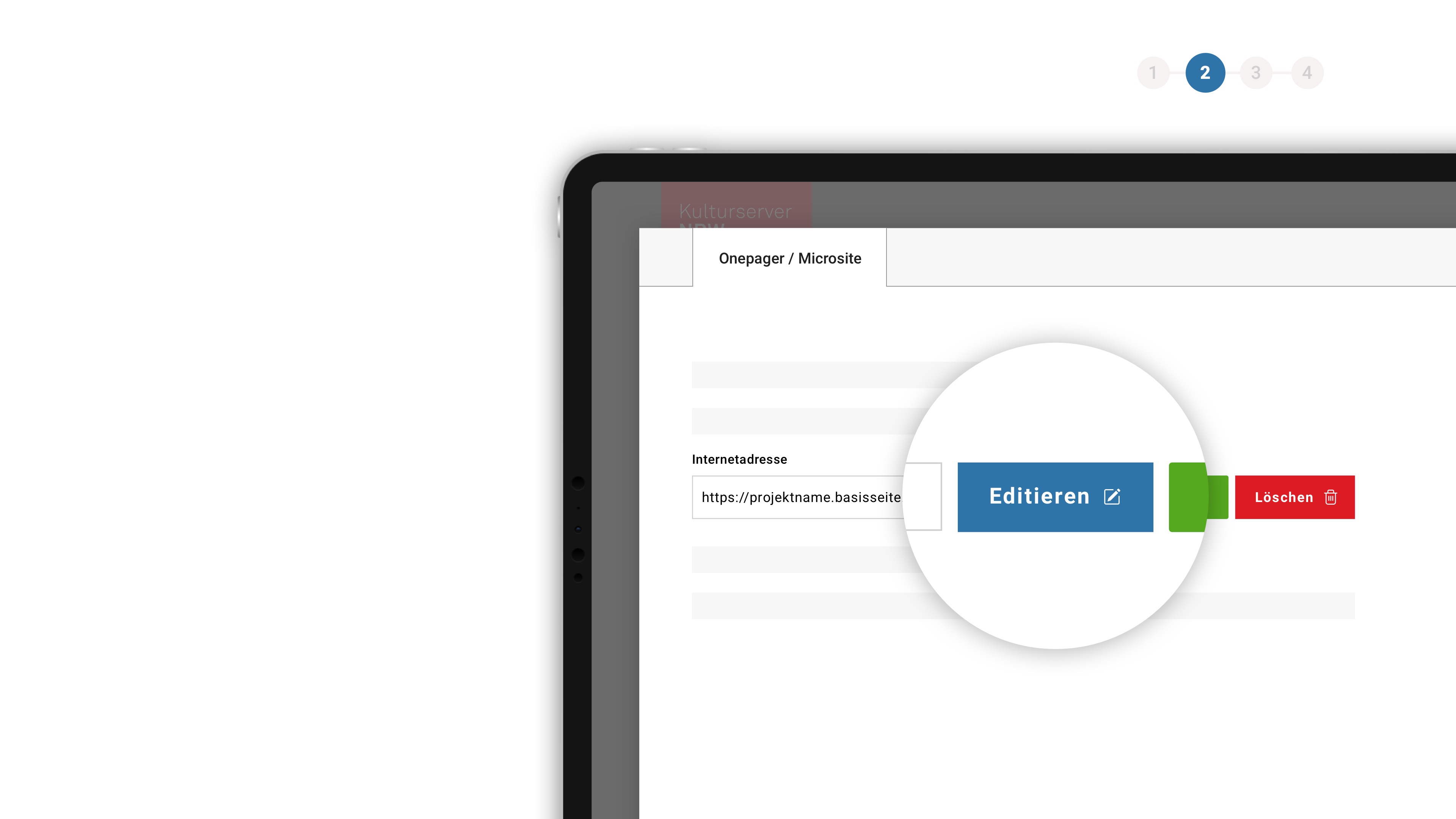Die Liebe hören - Deutsche Oper Berlin
Hearing love
For years composer Chaya Czernowin has had new stereophonics on her mind – but only now do we have the technology to implement her ideas

Chaya Czernowin:
HEART CHAMBER
Conductor: Johannes Kalitzke; Director: Claus Guth; Set, Costumes: Christian Schmidt; Video-Design: rocafilm; With Patrizia Ciofi, Noa Frenkel, Dietrich Henschel, Terry Wey, Frauke Aulbert, Uli Fussenegger, Ensemble Nikel, SWR Experimentalstudio, Orchestra of the Deutsche Oper Berlin; 1 DVD, also as Blu-ray Disc; Live recording from the Deutsche Oper Berlin on 13, 26 and 30 November 2019.
Also:
I did not rehearse to say I love you; Documentary film by Uli Aumüller about the world premiere production (duration 90 minutes)
u. a. bei Amazon
I've been waiting for this moment for fifteen years! At the time I thought, it would be great if you could send a whisper through the audience. I'm currently working at the Institute for Research and Coordination in Acoustics/Music at Centre Pompidou in Paris and told a colleague about it. She was researching a similar idea at the time, but only now, fifteen years later, do we have the technology that I was imagining. That's such a great joy for me.
We call the device 'Beamer', and it works like this: you are standing on a street. Thirty metres away from you is a boy with a boom box. The boy is running along the street, but the sound of the speaker does not fill up the street because there are no walls to reflect it. The boy's movement turns the music from the boom box into a beam. We know exactly where the boy is, and we can localise the sound.
In a room we can allocate the sounds around us to different directions. Close your eyes. What do you hear? Music is playing in the background. The clacking of shoes outside, definitely a woman as you hear the sharpness of small heels. In the next room people are talking. Far away, a child. All of these sounds are synchronous. My attention jumps from one to another. With music we normally hear everything at once. The Beamer, on the other hand, plays with various directions of sound.
In the opera HEART CHAMBER there is a passage that sounds like a massive swarm of mosquitoes. Then there is a quiet intermezzo, scraps of voices, the scratching of a needle on a record. Then we hear a song by Monteverdi. The notes wander through the hall. It is like a dream.
The love displayed between the two protagonists in HEART CHAMBER cannot actually be naive. Love can be discussed in a way that it couldn't 50 years ago. Today there are so many questions about gender roles. So what does love mean today? When I fall in love are all romantic longings that have learned about activated? HEART CHAMBER tries to thematicise all contradictions within these experiences.
The Beamer is merely a technical solution. If we did not yet have this technology, we would have to find other ways to create the same experience.
If we were all able to immediately create our imaginary worlds when we wanted, art may not be so interesting.





